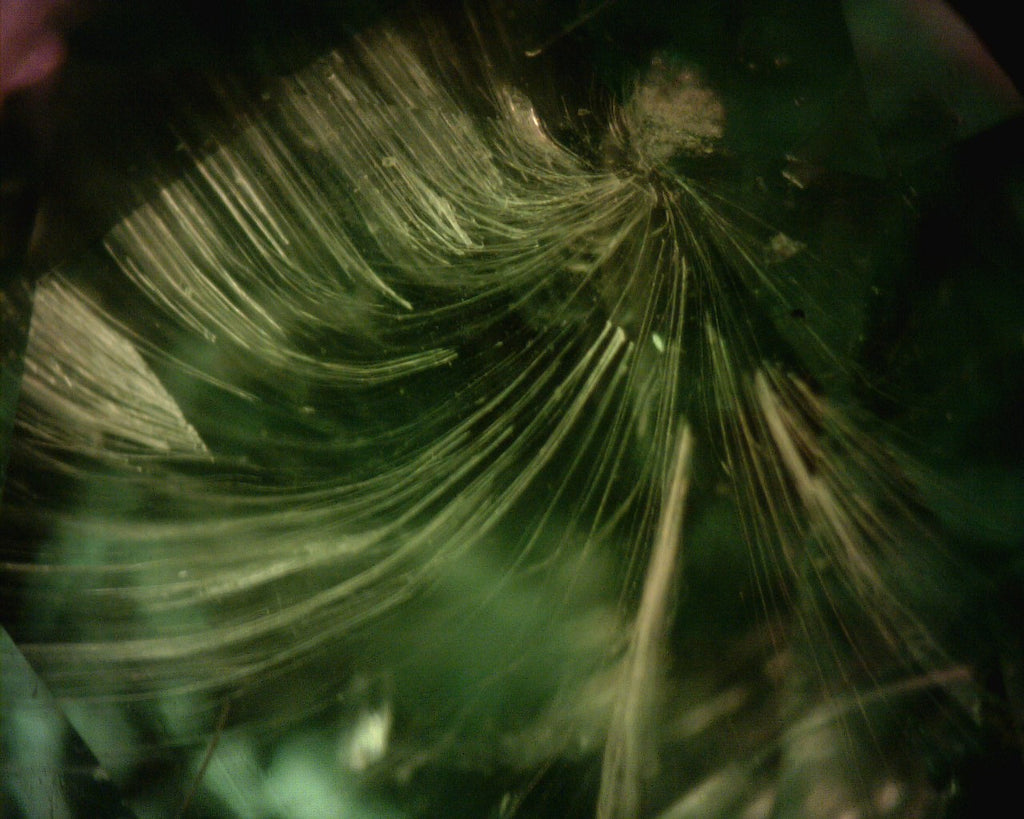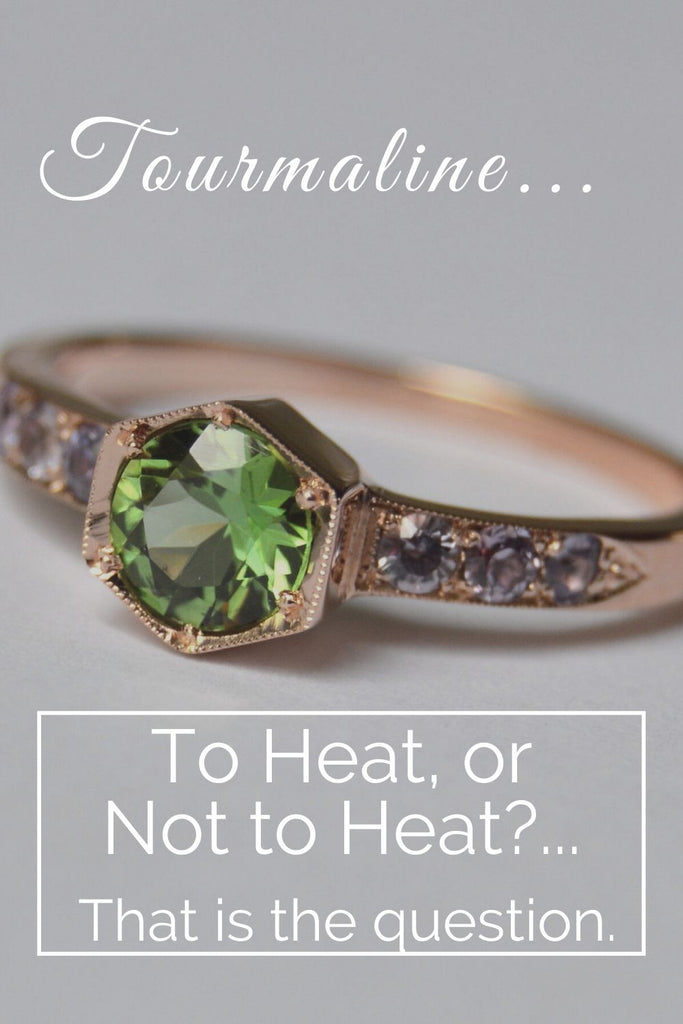Rare Gemstones - A Seller's Market
Anecdote: in late summer I got a call for a 4+ carat lagoon tourmaline of a very specific cut and color, not too dark, etc etc. Unsurprisingly, the potential buyer couldn't find such a stone anywhere. I asked the buyer if they were serious about the purchase because it would be expensive and hard to find. I come across about 100 lagoon tourmalines in that size a year at best and I know who imports them and the source. I know Tiffany likes those stones too and they pay good money for them. Out of those hundred or so stones, which is probably most of the annual production, 99% are not the specified color and cut. Well maybe 98%. But you get the idea. Anyway I borrowed 5 stones to show to the client that came close. No luck. Again another stone, no luck. It took at least a full day to get it all together, plus all the conversations. The buyer grew frustrated, I tried explaining the search was impossible, got impatient with the client, the deal imploded. Mutual unhappiness.
Lesson: I should have not taken on the search and explained from the start that I would not be able to meet the demands 100%. It was not going to happen. The client did not understand - or I failed to make the client understand - that sometimes it's not about the money.
This Cobalt Oval Spinel is old stock, there's currently almost no production
Here are some other related things I've heard from customers:
"This stone is not blue enough. I want to return it and look for a type of stone that's more blue." - said of a Vietnamese Cobalt spinel.
"What is your best price for this?" Question about a hauyne that is irreplaceable.
"I'd like that stone to be .... : bigger." Referring to red Burmese spinel.
I'm not the only one, I've overheard many statements like this at gem shows while I was quietly putting together my stash of purchases.
This is a 7x5mm Certified Hauyne. Clean specimens of this size almost never occur, and when they do, they are insanely expensive.
While I can certainly understand that questions must be asked, and while I know that bargaining is commonplace, when it comes to rare goods, they are based on a fundamental misunderstanding!
Consider the real estate market. Do you ever go to an open house in an expensive community and ask to get something bigger? Or ask for the "best price"? No, because there will be many other potential buyers who are not going to ask that question.
Going back to the gem market, here's an anecdote related to me by a gemstone dealer at the Denver show. A client approached him with a request for a stone he specialized in, very rare, very big piece. The seller, who had bought up pretty much all the remaining supply of that stone some time ago, had one single piece available. The price tag: $40,000. The buyer balked and said he would look for something else somewhere else. Came back a month later, unable to even get a comparison price, and bought the stone.

This is a 5x4 mm Red Beryl. This is my only piece as the material is no longer on the market.
Gem dealers who deal in rare stones know what they have. They had the money to buy it, the goods are paid off so they don't owe anyone. They will have already made some money on their gems, they are not desperate, and they are proud of their gems. They do not have to sell!
Here’s another example. With many products you get a price match guarantee. Find the product for less elsewhere and your price is matched. Companies do this to keep your business because you could just as well go somewhere else. But if a gem dealer is the only one who has "the product", there’s no lower price to match. So there’s no point in asking for it. If the dealer really needs to sell, he or she may come down in price on his own. People often say that it can’t hurt to ask for a discount. But in a seller’s market it can.
This is a 5mm Cushion Paraiba. It is a turquoise blueish color, a little cleaner specimen than others I've had in the past,
So let’s say you’ve already done your homework: you’ve looked up your coveted gem at a few websites, you have determined what size and color hue it comes in, you have checked availability and prices. Is there anything else you can do to sway the seller your way? I would say show that you have done your research. Most dealers love that you can appreciate what they have and they know it will save time and headache in the transaction. Refrain from asking for payment plans, it suggests that you are not in a position to make the purchase. If the seller wants you to have the gem and they trust you, they may offer it. Don’t be afraid to say you need to think about it and walk away for a bit. Buyer's remorse sucks. If you hope for repeat business, make a smaller “good faith” transaction.
Ask for the stone to be put on hold only if you are sure you will take it. A seller who loses the opportunity to sell, especially at (gem) shows that only last a couple of days, will not put a stone on hold for you again.
And most of all, remember: gems are not a "must have" item. They are beautiful and the can be a good investment. But no gem is worth forfeiting an item you actually need!
How do you know if you are in a seller's or a buyer's market when you start making your inquiry? Simple. Start a search, go to eBay, Etsy, online sellers, go to the top dealers that you know, like maybe Pala gems, look at their collections, get the prices. If you cannot find anything, or almost nothing, it's a rare stone.
Stones mentioned are available to check out or purchase on my Etsy Shop
Red beryl : https://www.etsy.com/listing/561016361/on-sale-red-natural-beryl-emerald
Benitoite: https://www.etsy.com/listing/546385168/on-sale-benitoite-benitoite-shield-6mm
Paraiba: https://www.etsy.com/listing/557094537/paraiba-tourmaline-cushion-paraiba
Hauynite: https://www.etsy.com/listing/512634598/on-sale-hauyne-hauynite-certified
Cobalt Spinel: https://www.etsy.com/listing/539524569/on-sale-oval-cobalt-spinel-cobalt-spinel
Continue reading





















